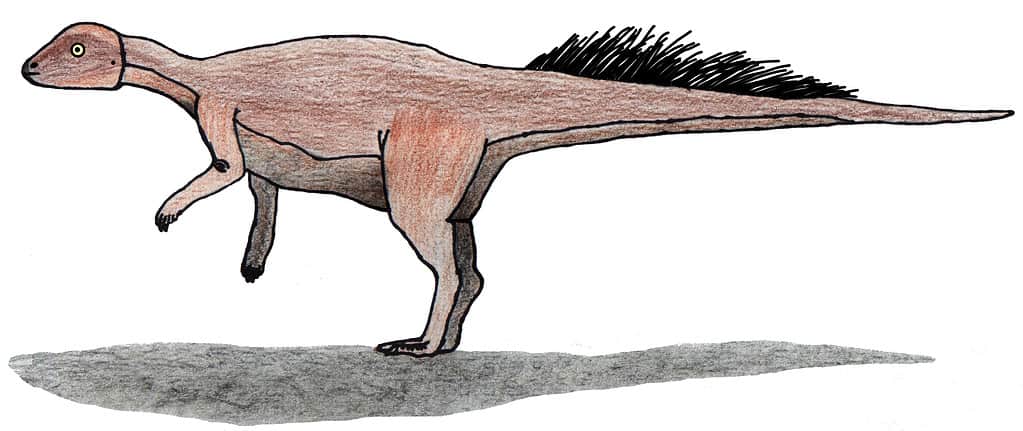The Allure of the Mesozoic Era
Dinosaurs, those majestic creatures that roamed our planet millions of years ago, have long captivated the imagination of scholars, scientists, and dreamers alike. From their mysterious beginnings to sudden demise, these creatures represent a lost world of giants, wonders, and fascinating evolution. Yet, it is not just their size, ferocity, or the countless pop culture references that intrigue us. Sometimes, it’s the mere mention of their names, especially when these names happen to be among the longest words you’ll encounter. Enter the world of the longest dinosaur name, and prepare to embark on a fascinating linguistic journey.
The No#menclature: Understanding Dinosaur Naming Conventions
Before diving into the longest dinosaur name, it’s essential to grasp how dinosaurs are named. Most dinosaur names derive from Greek or Latin roots, meaning they often reflect a characteristic feature, the location where they were found, or honoring a particular individual. For example, ‘Tyrannosaurus rex’ roughly translates to ‘Tyrant Lizard King,’ echoing its position at the top of the food chain. This systematic and descriptive approach has helped scientists classify and understand the vast diversity of these ancient beings.
Micropachycephalosaurus: A Name to Remember
Micropachycephalosaurus translates to “small thick-headed lizard” and holds the record for the longest dinosaur genus name. Discovered in China, this particular species lived during the Late Cretaceous period. Despite its impressive title, the Micropachycephalosaurus was relatively small, growing only about 2 feet long. Its distinctive feature was its domed skull, which has led some researchers to believe it may have used its head in intra-species combat, much like modern-day goats or rams.
Significance of Such a Long Name
A name like Micropachycephalosaurus can undoubtedly be a tongue twister for many, but there’s a particular significance attached. Long and descriptive words in paleontology are essential to convey meaningful information about the creature. In this instance, the name helps provide an immediate understanding of the dinosaur’s head structure and size. The specificity in naming ensures that researchers and enthusiasts can quickly identify and categorize the creature, even without seeing it firsthand.
Challenges in Pronunciation and Memorization
The lengthy name of Micropachycephalosaurus presents challenges for those new to the world of dinosaurs. For educators, museum guides, and even narrators of documentaries, getting the pronunciation right is crucial. However, it’s not just about saying the name correctly; it’s also about ensuring audiences can retain it. It is where creative mnemonic devices, catchy songs, and interactive learning techniques come into play, making the learning process engaging and memorable.
The Power of a Name: Beyond Length and Complexity
Names are more than just labels; they carry meaning, history, and significance. In the case of dinosaurs, characters act as a bridge between the present and a world long gone. While Micropachycephalosaurus boasts the longest name, many other relics possess equally intriguing and descriptive names. Each title tells a story, often revealing something about the creature’s appearance, habitat, or behavior.
The Everlasting Charm of Dinosaurs
The fascination with dinosaurs goes beyond their sizes, types, or even the periods they lived in. It’s about connecting with a past that’s both mysterious and awe-inspiring. Names, long or short, play a pivotal role in this connection. They give us insight, kindle our curiosity, and make us wonder about the worlds that once were. As we continue to unearth more about these ancient giants, names like Micropachycephalosaurus will remain etched in our memory, a testament to the allure of the Mesozoic Era and the creatures that once ruled it.
Evolutionary Insights: How Names Reflect Change
As dinosaurs evolved, their names often mirrored these transformations. Stegosaurus, meaning “roofed lizard,,” indicates the large, flat bony plates along its back. These names chronicle physical attributes and hint at the evolutionary adaptations that took place over millions of years, providing a concise overview of a dinosaur’s journey through time.
The Art of Discovery: Naming the Unseen
When new fossils are unearthed, paleontologists face the challenge of naming creatures they’ve never seen in flesh. This process is scientific and imaginative, using skeletal clues to devise names that capture the essence of these ancient beings, like Velociraptor, the “swift seizer.”
Regional Variations: Local Names with Global Appeal
Some dinosaurs are named after the regions they’re found in, creating a mosaic of geographical and paleontological history. Argentinosaurus, hailing from Argentina, is a prime example. These localized names offer a glimpse into where these creatures once roamed, tying them to present-day landscapes.
Tributes in Nomenclature: Honoring Pioneers
Often, dinosaurs are named to honor individuals who’ve contributed significantly to paleontology. Such tributes solidify the bond between modern researchers and the ancient subjects of their studies, creating a lineage of discovery and respect.
Myths and Dinosaurs: Inspiring Legends
Some dinosaur names draw inspiration from myths and legends. Take the Pegasus-like Pterodactyl, for instance. By linking ancient creatures to enduring tales, these names imbue them with an aura of magic and wonder, blurring the lines between reality and mythology.
Contemporary Connections: Dinosaurs in Pop Culture
Certain dinosaurs have become household names with their appearances in movies and books. The T-rex is now synonymous with ferocious might thanks to its starring roles in films. Popular culture representations influence how we perceive and remember these prehistoric giants, showcasing their timeless appeal.









Leave a Reply